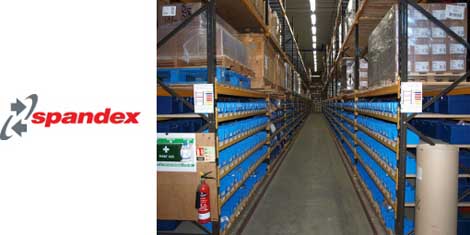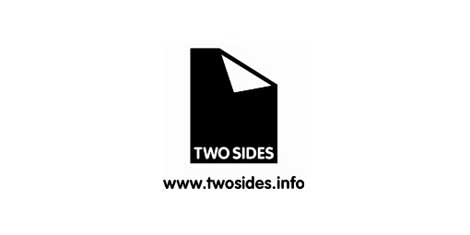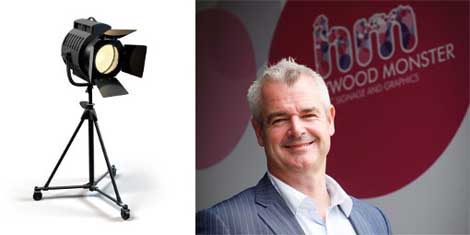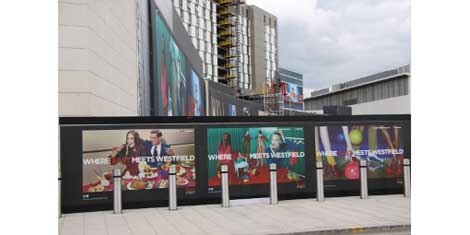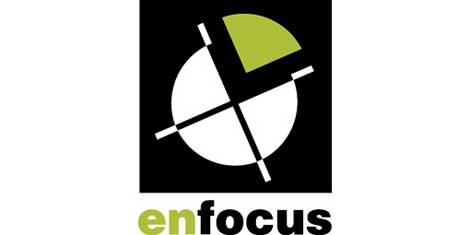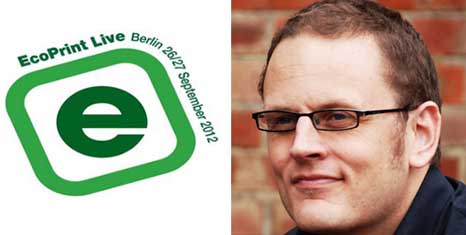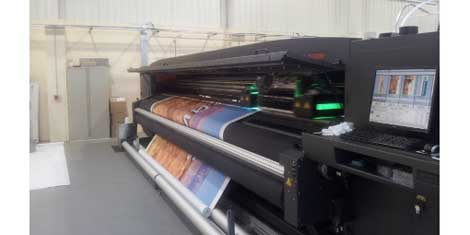
RMC Digital Print has invested in new printing equipment from Robert Horne Group to support its impressive expansion plans. The company has just purchased and installed a Vutek GS5000r and a Zund G3 cutter in order to meet increased demand for digital printing and to bring previously outsourced work back in-house.
This new equipment builds on RMC’s existing line up of printers – purchased in February 2010 – which comprises a Mimaki, a Roland AJ and a Vutek QS3220 printer. With the two new additions to its impressive array of equipment, RMC has now invested over £750,000 in digital printing solutions.
Launched in 2010, RMC Digital Print has grown rapidly. The business currently boasts purpose-built premises measuring 8,000 square metres and is set to move into a 16,000 square metre facility in early 2012 in order to meet the demands for increased capacity. Throughout this time of rapid expansion, Robert Horne Group, the materials expert, has been on hand to offer sound advice and facilitate the business in acquiring printing equipment that enables RMC to increase output and ultimately improve profits.
Rod Barratt, General Manager, at RMC Digital Print says, “Although the investment made in equipment seems high, it was really a no brainer for us. Prior to buying the hardware from Robert Horne, we were outsourcing a significant amount of print business and it made perfect sense for us to invest further in our own operations and bring that work in-house."
On selecting the Vutek GS5000r, he adds, "The Vutek printer will certainly give us a competitive edge with its incredible print speed and quality. We can now comfortably produce 100 square metres per hour, up to 5 metres wide, at production speed. One of the main benefits is the ability to print double sided and – following this purchase – RMC will be the only company in Europe offering this service. It will revolutionise the way backlit flexible signs are produced.”
He concludes, “Robert Horne has been brilliant in guiding us through the whole project. The delivery and installation has been seamless.”
It took two weeks to install the new Vutek printer and Zund G3 cutter and RMC’s employees have also benefited from a week of intensive training. Rod Barratt states, “It’s reassuring to know that Robert Horne is at the end of the phone and able to offer advice at anytime.”
David Filer, Account Manager at Robert Horne comments, “The purchases made have ensured that RMC can do everything in house. The machines have increased efficiency in terms of speed and quality. They offer print resolutions of up to 1080 dpi, colour matching as well as printing direct to substrate. This, combined with advanced Series 2 ink technology, means that curing is instant. It keys to substrates immediately and eliminates the need for lamination. Labour costs are also reduced, which ultimately boosts the bottom line. With the increase in productivity and 24 hour production, RMC can now offer same day turnaround which is vital in this fast-paced marketplace.”
With regards to the future, Rod Barratt comments, “Purchasing the Vutek GS5000r means we can now expand our offerings to the sign trade as well as moving into the exhibition and building wrap markets. The Zund G3 opens up new business opportunities in retail and PoS. The investment in class-leading equipment means we are now capable of meeting all wide format requirements for print and sign and display.”
“This has been achieved through our strong working relationship with Robert Horne. The quality of the machines, products, service, advice, support, training and aftercare has been superb. Project management from the Robert Horne team has made us feel confident throughout the whole process,” concludes Rod Barratt.
Robert Horne recently launched a new digital solutions brochure, which encompasses its complete wide format digital consumables range, leading by application. For more information, please visit http://www.roberthorne.co.uk/media/digital-solutions/
For more information on Robert Horne, please visit www.roberthorne.co.uk
For more information on RMC Digital Print, please visit www.rmcdigitalprint.co.uk



